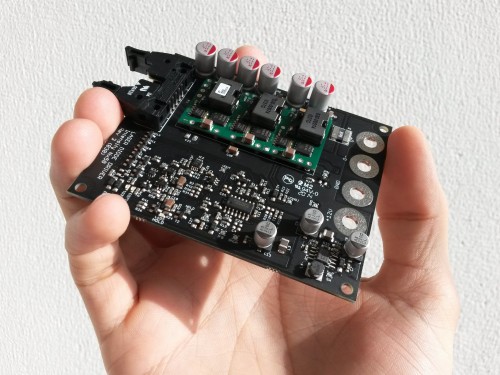Lately in Finland there has been plenty of rainy days good for programming and certainly lots of progress has been made! Regardless of that, there’s not much to demonstrate yet. This is beacause major code refractoring is being done when writing the firmware to ION drive. Lots of original C languace code is being ported to C++11.
Re-structuring of code is made such way that finally it should be much simpler to run multiple servo drive instances within one CPU. This means we could one day see a model that drives two or more motors on a single board. It’s not same as VSD-E’s DualDC mode with reduced capabilities – the new implementation should allow running multiple drive instances without any feature limitations.


